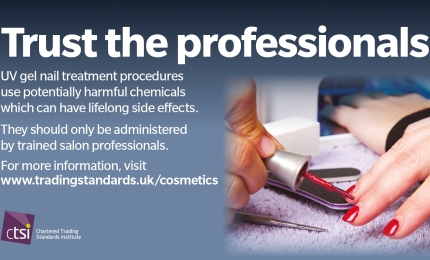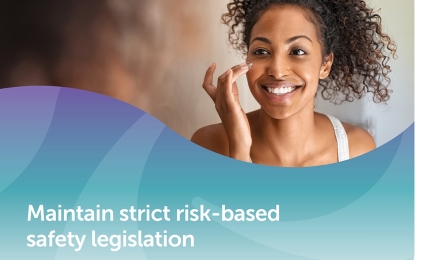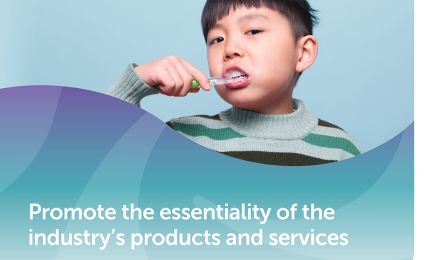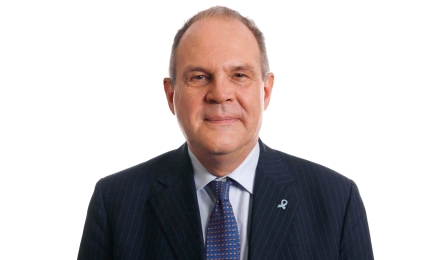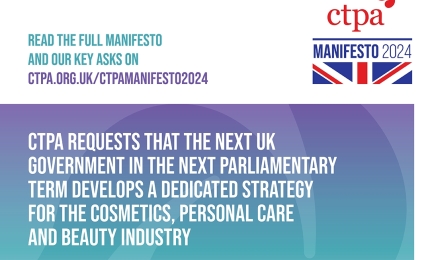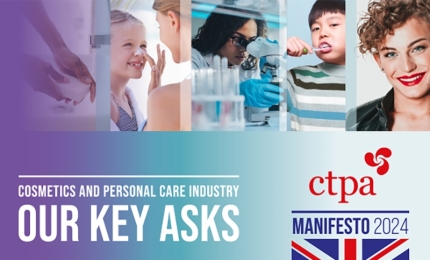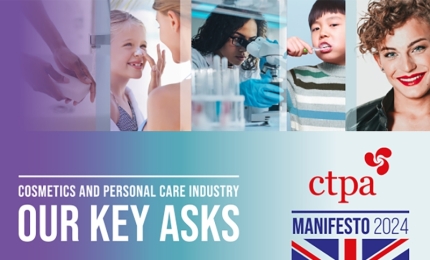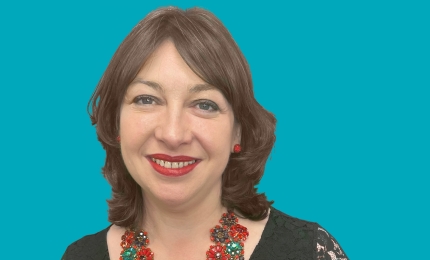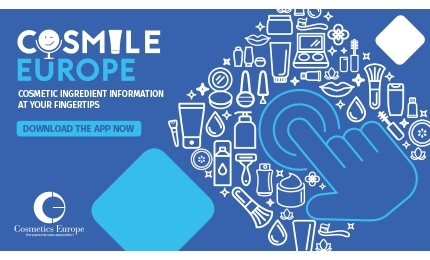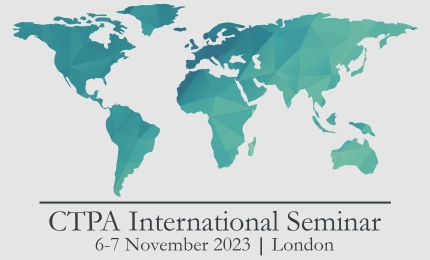Find us on...
“Science isn’t static”: Talking clean beauty claims and the science behind product safety with cosmetics safety assessor, Rani Ghosh
Rani Ghosh has worked as a toxicologist and safety assessor in the cosmetics and personal care industry for more than a decade. CTPA caught up with her to lift the lid on how scientists ensure products are safe - and get her perspective on ‘clean beauty’ claims.
You’ve spent a decade dedicated to the safety of cosmetics and toiletries. So why should people feel confident that the products they use every day are safe?
 The products we enjoy today are strictly regulated to make sure they’re safe, but I think we often underestimate the important role that regulatory oversight plays. If you look back in time to the Elizabethan period, products could be formulated with lead, mercury and even arsenic – there were no rules! It’s well-documented that Elizabeth I used make-up to give herself a very pale complexion – and perhaps not a coincidence that it is widely reported that she may have died of blood poisoning through chronic use of lead-based makeup!
The products we enjoy today are strictly regulated to make sure they’re safe, but I think we often underestimate the important role that regulatory oversight plays. If you look back in time to the Elizabethan period, products could be formulated with lead, mercury and even arsenic – there were no rules! It’s well-documented that Elizabeth I used make-up to give herself a very pale complexion – and perhaps not a coincidence that it is widely reported that she may have died of blood poisoning through chronic use of lead-based makeup!
It wasn’t until the 1970s that regulation was introduced in Europe and that has become the ultimate safeguard for our industry. It means there are clear laws around what ingredients can be used in products, and importantly, in what quantities.
Scientific organisations, regulatory bodies and research institutions have compiled substantial data on the safety of these common cosmetic ingredients to add them to an approved list. So when people talk about “toxic products” or “toxic ingredients”, that is a fundamentally incorrect statement as not only is it illegal to sell something that is unsafe, but our regulatory framework is set up with safety at the epicentre.
If it’s illegal to sell unsafe products, why do people sometimes have adverse reactions to the ingredients within them?
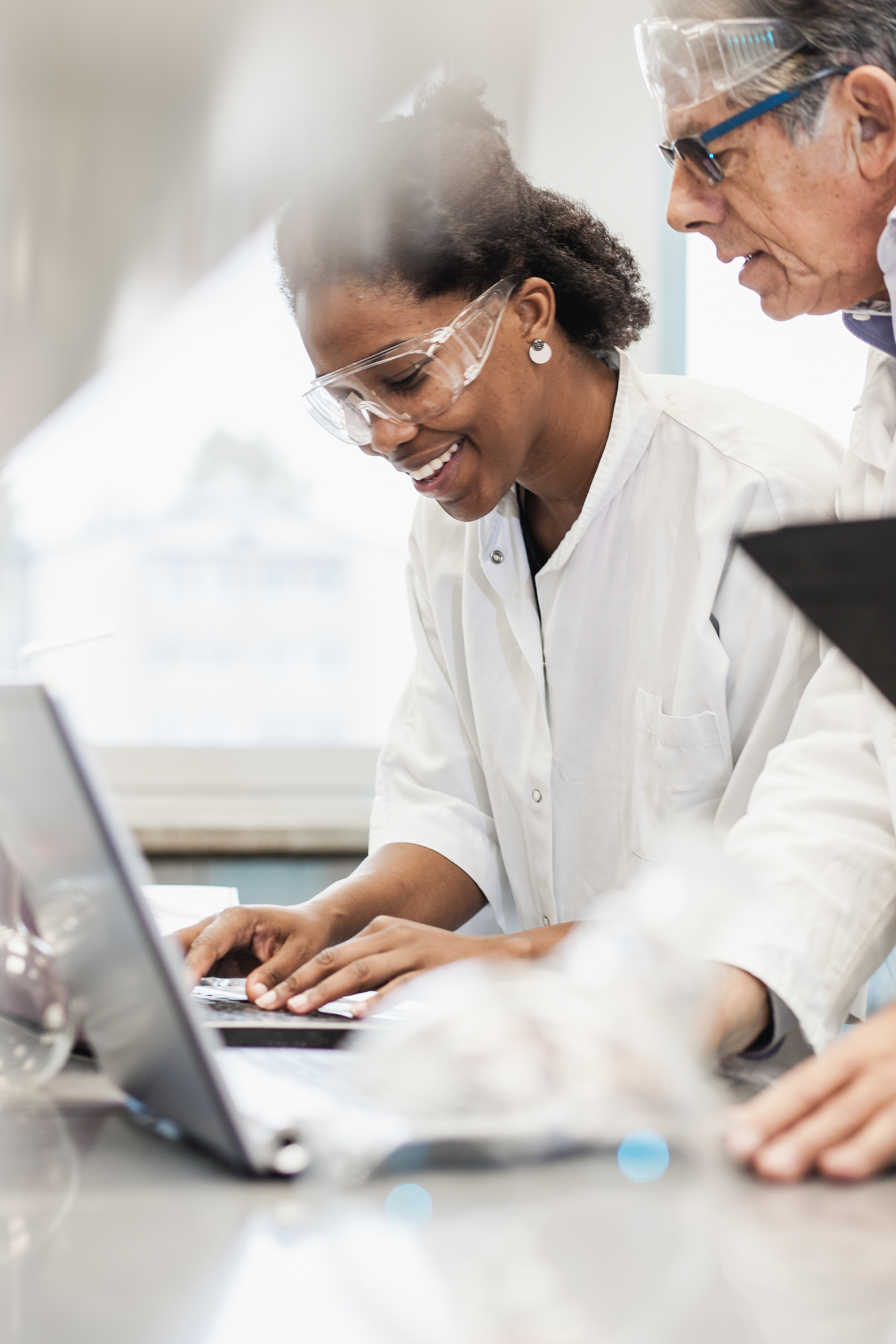 It’s a great question because what often happens is that people will point to adverse reactions on their skin, to suggest that a product/ingredient must be “toxic” and should be banned. What’s really happening in these cases is an idiosyncratic reaction, which is a unique to individual reaction to certain ingredients that are generally considered safe for the majority of the population.
It’s a great question because what often happens is that people will point to adverse reactions on their skin, to suggest that a product/ingredient must be “toxic” and should be banned. What’s really happening in these cases is an idiosyncratic reaction, which is a unique to individual reaction to certain ingredients that are generally considered safe for the majority of the population.
Our skin is as unique as our fingerprint and it is near impossible to create products that will suit everyone’s skin type, equally. Some will experience these idiosyncratic reactions, which are mostly reversible.
For instance, three percent of the population are allergic to fragrance materials, which develop over time – so where you may not initially experience a reaction you could develop a sensitivity later on. It’s likely these individuals will have been advised by a medical professional to avoid products with fragrances by looking out for words like “parfum” on the ingredients list, so it’s important this cohort of people always check product labels. But it is not correct to blanket statement fragrances as “toxic materials”, they are a sensitiser and can cause allergy in sensitised individuals, and if you are one of these individuals you can look to avoid them in your products. The remaining 97% of the population can continue to enjoy them.
If we draw comparisons from the food industry, around three percent of the population have a food hypersensitivity, but it doesn’t mean we need to campaign for a ban on dairy products or nut-based products - it just means we need excellent labelling and more education to make safe choices. How many times are we asked these days if we have a food allergy, when dining out?! This is to protect consumers, and we need to educate our cosmetic industry in a similar way.
So, why do some product makers use terms like ‘toxic’ or ‘clean beauty’?
There are some incredible independent brands on the market today, and a growing number of these rely heavily on social media to promote their products. One of the challenges of the digital environment is that it’s a very crowded space, where brands need to find ways to capture people’s attention. I think that some use terms like toxic, or clean beauty, as a way to differentiate themselves from other, often bigger, and well-known brands. This then becomes a trend and becomes a consumer demand, with people increasingly seeking products that align with their values, with concerns about ingredient safety typically at the heart of it.
The reality is that these smaller players will be using the same science created and tested by the larger and longer-standing companies - and of course everyone is governed by the very same strict regulation. So, it’s a real “own goal” to our industry, that anyone chooses to use terms like “clean beauty” because it sows a seed in people’s minds that some products might not be safe, when that is never the case when conforming to regulation.
My advice is, take the usage of these terms with a degree of scepticism, look for additional information beyond marketing claims to make informed choices about the products you purchase.
What role do safety assessors, like you, play in assuring the safety of products?
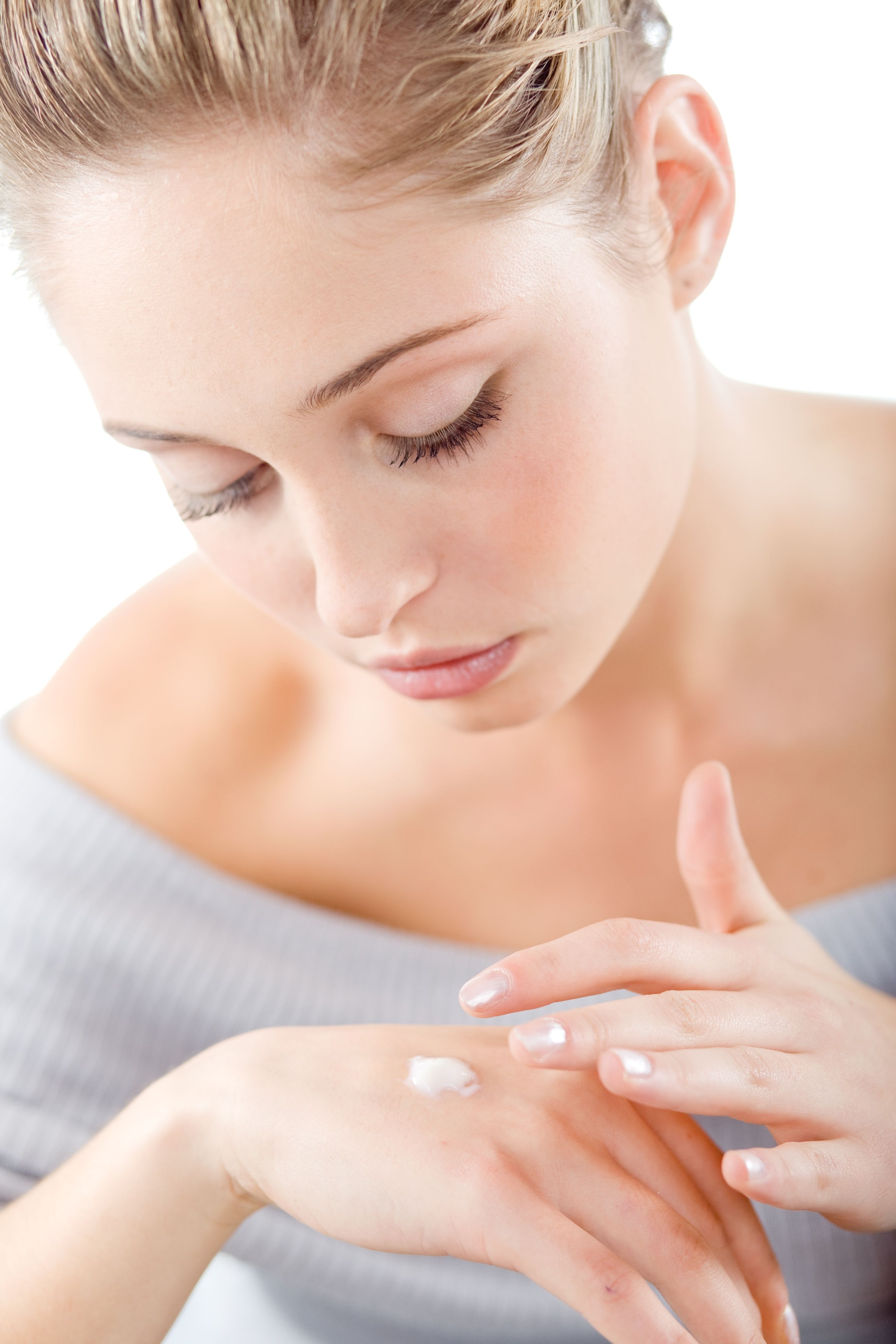 My whole job is consumer safety. That is all I think about! Safety assessors are here to be the safeguard between the manufacturer and the consumer, so while the Research and Development (R&D) team is asking itself, “Does this product work?” my team are asking, “Is this product safe for its intended use?”
My whole job is consumer safety. That is all I think about! Safety assessors are here to be the safeguard between the manufacturer and the consumer, so while the Research and Development (R&D) team is asking itself, “Does this product work?” my team are asking, “Is this product safe for its intended use?”
When we’re answering this question, we have to think about all the various ways a product might cause problems. For instance, a face cream could have incidental contact with your eye even though it is not intended to be used in/around the eye. Manufacturers can’t develop a face cream and simply say, “Avoid contact in/around the eyes”, when incidental contact could be a source of major eye irritation, for example. So, it’s a safety assessor’s job to make sure all scenarios are catered for, accounting for safety through incidental contact.
A safety assessor’s responsibility for safe products doesn’t stop when products reach the shelf. The regulation requires companies to constantly review the safety profile of their products in the market, this is called post market surveillance. That means if someone contacts the manufacturer to report a safety concern, this data must be logged and investigated appropriately. It’s what we call Cosmetovigilance. Safety assessors can then take that data and make iterations to the product, so it’s a continuous feedback loop. It can also be a wider industry conversation, where a particular ingredient could be the cause of many complaints impacting many companies in the same way. CTPA does a great job at bringing this conversation to the table with industry, Dermatologists, and other European trade associations.
If a safety assessor finds a problem with a product, what happens then?
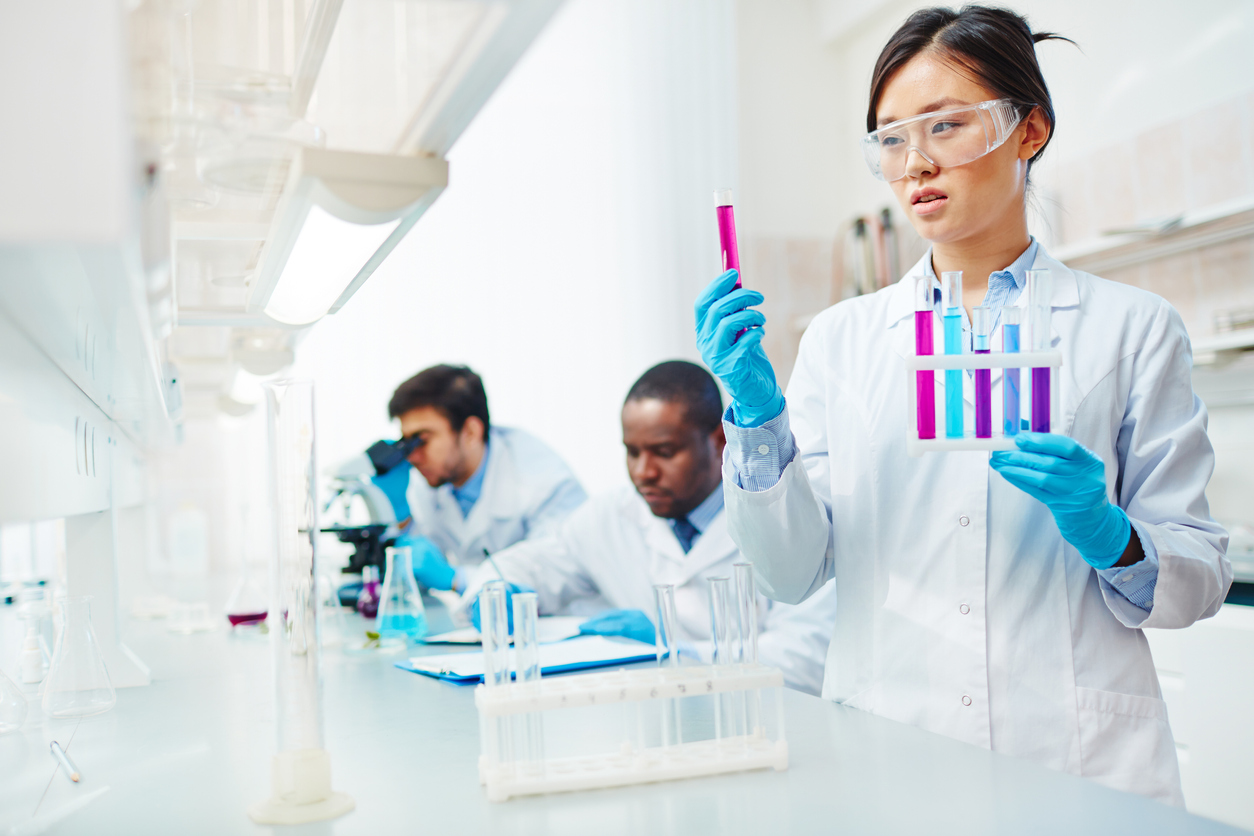 During the research and development process, if we have safety concerns about the product, we go back to the drawing board. We identify the ingredient(s) of concern and we consider all the potential hazards we have to worry about. Once we are clear on those, we go away and look at what evidence we have about the ingredient(s) in question. This might be a literature review – which means lots of reading and interpreting existing data, going back to the supplier – the people we buy the ingredient from, generating our own data through testing or checking the latest scientific opinions on the ingredient. The EU’s independent Scientific Committee on Consumer Safety (SCCS) constantly monitors new scientific studies about ingredients and considers what the findings mean for the approved ingredients listed on cosmetics regulation, so it’s a valuable source of the latest safety information.
During the research and development process, if we have safety concerns about the product, we go back to the drawing board. We identify the ingredient(s) of concern and we consider all the potential hazards we have to worry about. Once we are clear on those, we go away and look at what evidence we have about the ingredient(s) in question. This might be a literature review – which means lots of reading and interpreting existing data, going back to the supplier – the people we buy the ingredient from, generating our own data through testing or checking the latest scientific opinions on the ingredient. The EU’s independent Scientific Committee on Consumer Safety (SCCS) constantly monitors new scientific studies about ingredients and considers what the findings mean for the approved ingredients listed on cosmetics regulation, so it’s a valuable source of the latest safety information.
Once we have looked in all the reliable places where we can find evidence that might help us to mitigate our concerns, we might do further testing. As the industry doesn’t test on animals this would always be non-animal methods such as using cultured cells or using New Approach Methodologies (NAMS). We consider whether, with all the evidence we have collated, we can close that safety gap. If the safety gap still exists, it’s simply a hard stop because you don’t take the risk. If the safety assessor cannot confidently say that they support the safety of the product, this prevents it ever going to market – it’s a non-negotiable decision.
Do safety assessors have to think about people using products in ways that the manufacturer didn’t intend?
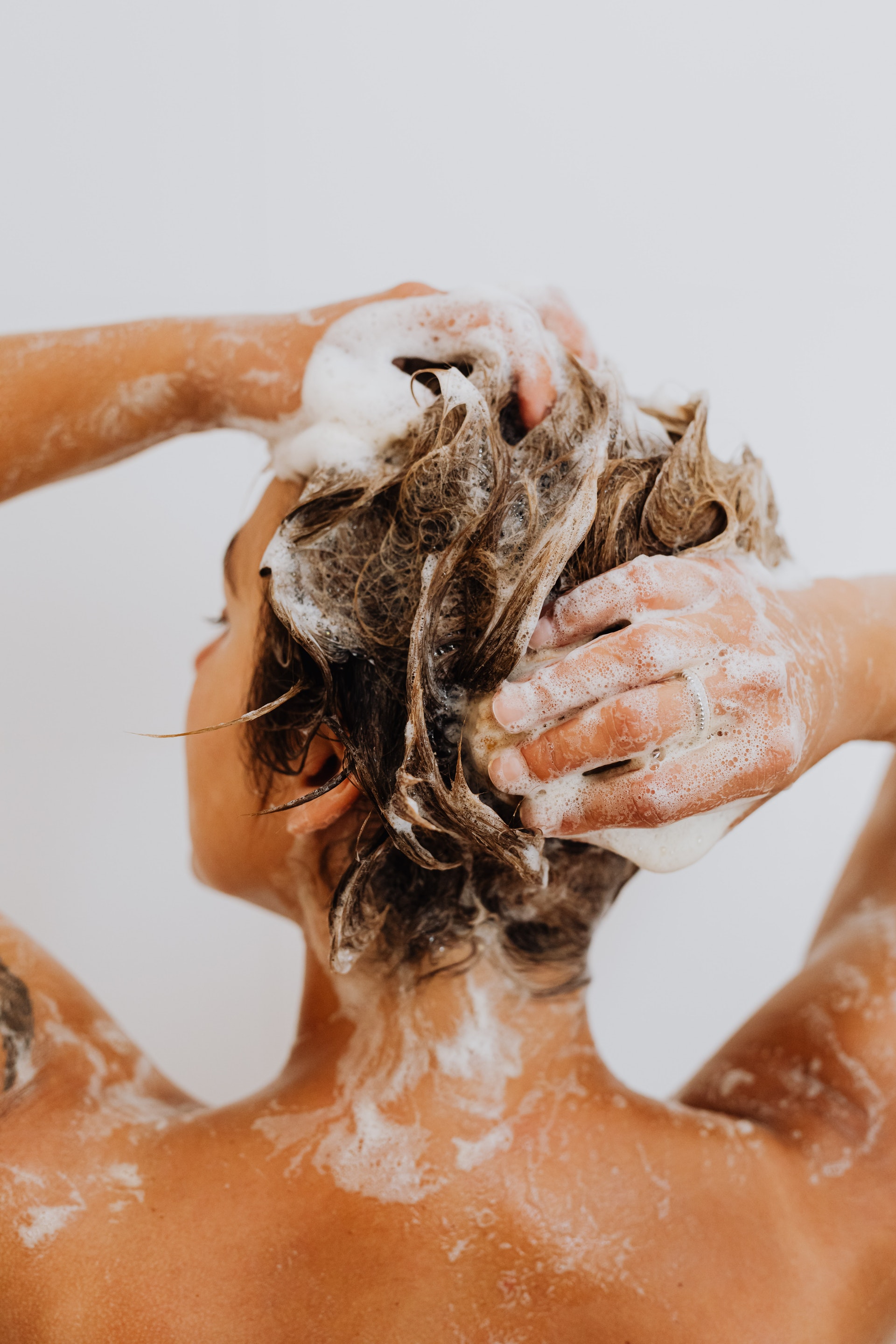 We must consider all the things that could go wrong – but within reason! Take a shampoo, for example. What is it designed for? To be applied to hair. That means we must consider that when you are washing your hair, the product could come into contact with other external parts of your body or eyes. This is called reasonably foreseeable use and our safety assessment must account for this. We also have to consider what we call mis-use. Like a toddler getting hold of the shampoo bottle while they are in the bath and, opening the lid putting it in their mouth. If that happened, the likelihood of it being ingested would be high. We have to make sure the product is safe in that circumstance also.
We must consider all the things that could go wrong – but within reason! Take a shampoo, for example. What is it designed for? To be applied to hair. That means we must consider that when you are washing your hair, the product could come into contact with other external parts of your body or eyes. This is called reasonably foreseeable use and our safety assessment must account for this. We also have to consider what we call mis-use. Like a toddler getting hold of the shampoo bottle while they are in the bath and, opening the lid putting it in their mouth. If that happened, the likelihood of it being ingested would be high. We have to make sure the product is safe in that circumstance also.
But what the safety assessment does not cover is what we call product abuse. So, for instance, in the unlikely event that someone chose to inject themselves with that shampoo, that would be product abuse, and this can happen in a multitude of ways. The Cosmetic Product Safety Report (CPSR) does not account for those scenarios.
The industry talks about safety assessors being independent. How can they be independent if they can also work for companies?
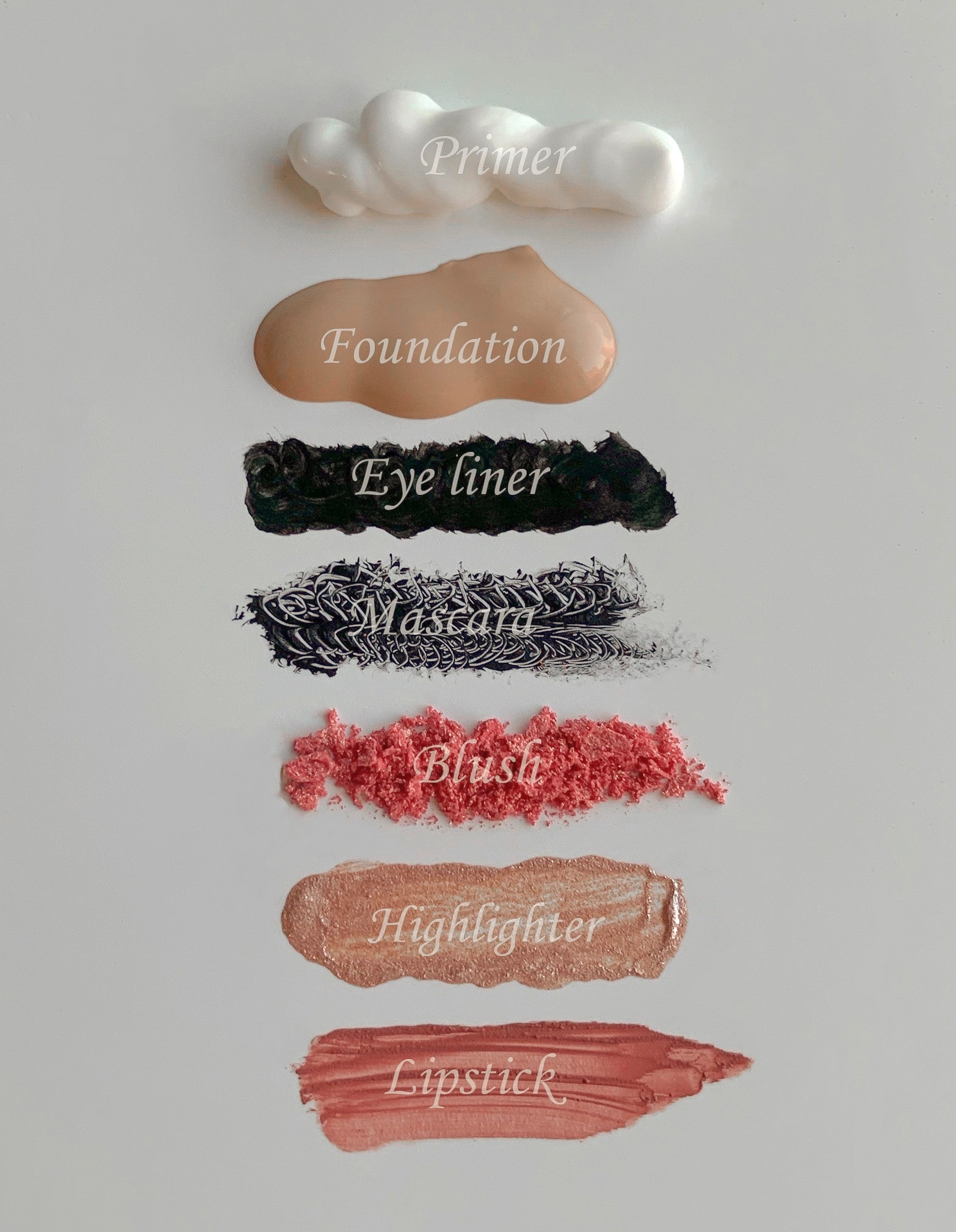 Where safety assessors/toxicologist work for a company, we adhere to internal policies, guidelines and standards set by the employer but this does not mean we have to lose our scientific independence or compromise on our professional ethics. Our sole purpose is to protect consumer safety. We take decisions based on safety, not financials - and we have a responsibility to apply rigorous scientific thought and provide unbiased evaluations when it comes to making decisions that will impact people’s safety. When we sign off a product as safe, we have to have done everything in our power to mitigate risks based on evidence. It means our popularity takes a hit in most company settings because we say no, more than yes, but we can live with that!
Where safety assessors/toxicologist work for a company, we adhere to internal policies, guidelines and standards set by the employer but this does not mean we have to lose our scientific independence or compromise on our professional ethics. Our sole purpose is to protect consumer safety. We take decisions based on safety, not financials - and we have a responsibility to apply rigorous scientific thought and provide unbiased evaluations when it comes to making decisions that will impact people’s safety. When we sign off a product as safe, we have to have done everything in our power to mitigate risks based on evidence. It means our popularity takes a hit in most company settings because we say no, more than yes, but we can live with that!
Working for a company means we can’t, of course, share information about competitive technologies. But as scientists, we certainly do come together to discuss work on safety with our peers. The CTPA’s recent initiative on NAMS (New Approach Methodologies) is a great example of this in practice. It brought together safety assessors, toxicologists from different companies, with regulators and scientists, to share insights into non-animal testing methods for the greater good of our industry.
If all approved products are safe, why are ingredients in cosmetics and toiletries occasionally banned?
When an ingredient is banned this often happens as a precautionary measure rather than because of proof of harm. For instance, an ingredient called Lilial which was used as a fragrance in some cosmetics has been removed. Not because there is proof that it presence is harmful in our current cosmetic products, but because it’s used in multiple household products too, and the SCCS expressed concerns about the cumulative effects of all these exposures.
In this case, the safety profile within existing Lilial containing products has not changed, but the authorities decided that it’s not worth the risk due to the cumulative exposure, so banned the ingredient. Unfortunately, the nuances of these cases are usually missed and it tends to be presented in an alarming way by the media.
Our industry, and the media, can be very unforgiving when an ingredient is banned, but it’s simply proof that the end-to-end safety ecosystem is working. One of the most exciting things about science is that it isn’t static. So as new understanding comes to light, it’s important that we all act on it. It’s proof that you can trust the process - and the people that do this every day. The people whose job it is to protect your safety.

